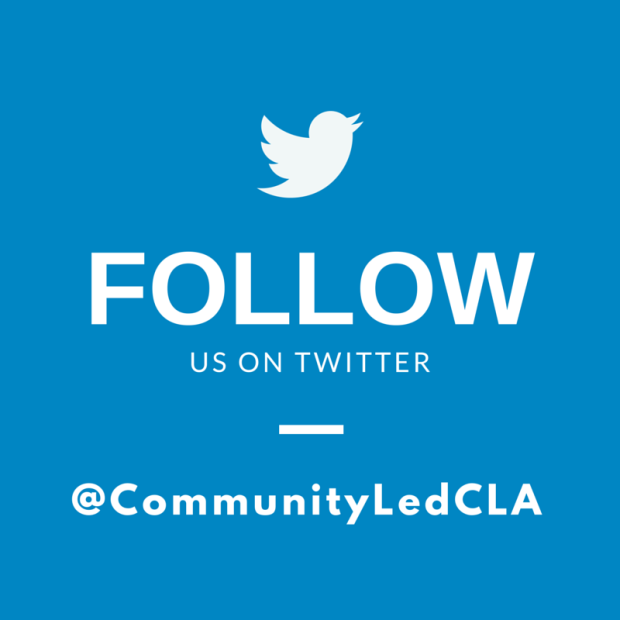Michelle Helliwell and I are presenting on this topic at the 2016 Atlantic Provinces Library Association conference. Michelle is a health sciences librarian with experience working in interdisciplinary healthcare environments and is currently a Quality and Policy Support Consultant, Organizational Performance, with the Nova Scotia Health Authority (NSHA). Michelle has a passion for health literacy, healthy communities and population health approaches to health and healthcare and has been apart of the Population Health Working Group in the Western Zone of NSHA since 2004.
Michelle inspired me to think differently about how public libraries support health. While I often thought of our role as a provider of health information, she reminded me to think more broadly and to align what we do in libraries with the social determinants of health.
The monumental challenges facing the health of Canadians today cannot be addressed by the healthcare system alone:
There is no amount of healthcare that can fix people whose health is impacted by poverty, stress, lack of access to safe places to sleep. Affordable healthy food, safe communities, fun places to play and learn…
From: Redefine. Rebuild. Reconnect. Changing Our Picture of Health
The solution to many of these challenges lies outside of healthcare. What is our role in libraries? How can we use the community-led approach to address health inequalities?
We gathered lots of resources for our presentation and are sharing them below (plus some additional resources we won’t have time to cover in the conference session). Do you have some resources you’d like to add to this list? Please comment below.
Sara Gillis
Community Engagement Manager
Halifax Public Libraries
Conference Session Description
Libraries of all kinds are integral to the health and well-being of those who use them. Atlantic Canadians are some of the unhealthiest populations in Canada and while much focus in the media is on issues related to wait times and access, access to healthcare services makes up/accounts for only 20-25% of the factors that comprise our health status. That leaves 75-80% rooted in other issues – poverty, social inclusion, education, culture, early childhood development, housing, and others. These are known as the social determinants of health. What are the determinants at play in your area, and knowing that, how can librarians, staff and partners work with communities to create programs that are responsive to these needs, or tweak existing ones to lessen unanticipated barriers? What are you doing already that is contributing to the health of your communities?
Resources
Social Determinants of Health & Population Health
Anderson, L.M., Scrimshaw, S.C., Fullilove, M.T., and Fielding, J.E. (2003). The Community Guide’s Model for Linking the Social Environment to Health. American Journal of Preventative Medicine 24(3S), 12-20. Retrieved from http://www.thecommunityguide.org/social/soc-AJPM-c-model-link-soc-envr-health.pdf
- Researchers list almost 200 community-based interventions that can enhance the health of communities. Take a look at their list – public libraries have done and can do many of these things.
Canadian Medial Association: health equity and the social determinants of health
Canadian Institute for Health Information. (2015). Trends in Income-Related Health Inequalities in Canada. Retrieved from https://www.cihi.ca/en/summary_report_inequalities_2015_en.pdf
Public Health Agency of Canada: Population Health
Early Development
Canadian Institute for Health Information (2014). Children Vulnerable in Areas of Early Development: A Determinant of Child Health. Retrieved from https://secure.cihi.ca/free_products/Children_Vulnerable_in_Areas_of_Early_Development_EN.pdf
Data
In 2014 the Arts Council of England commissioned a study to value the health and wellbeing benefits of public libraries. They looked at two types of benefits related to library service and library engagement – primary benefits that impact an individual directly, and secondary benefits, which benefit society more widely. They determined that library use is positively associated with the well-being of library users, and that there are cost savings due to reductions in medical service usage because of improvements in general health.
Health Data – Canada
The Canadian Institute for Health Information (CIHI) site included data and information on Health Inequalities and Population Health. They also host a Your Health System tool with health indicator data from Search by hospital, long-term care organization, city, health region, province or territory
Health Data – Atlantic Provinces
Nova Scotia’s 2015 Population Health Profile
- In addition to provincial data, health authorities (now called “zones”) across the province often publish community-specific population health profiles.
- The Nova Scotia Health Authority’s Central Zone (formerly Capital Health) has published Community Profiles for each of the five Community Health Networks in that zone.
- Central Zone also has a Population Health Status Report
- South West Health developed a Community Health Profile in 2013.
Prince Edward Island’s Population Health and Surveillance
New Brunswick has published a 2016 Population Health Snapshot for the province and each of the 7 zones.
Newfoundland and Labrador’s Community Accounts includes well-being data at provincial, regional and community levels.
Other resources:
The Working Together Project’s Community-Led Libraries Toolkit
Public Libraries for Health: In 2012, the Blue Cross and Blue Shield of Minnesota Foundation accessed the unique community role of libraries by launching the Public Libraries for Health grant-making program. Seven libraries took on projects in the pursuit of health equity in their communities.
Berk, J. (2015, January 5). Mental Health Training in Public Libraries. Public Libraries Online. Retrieved from http://publiclibrariesonline.org/2015/01/mental-health-training-in-public-libraries/
The Librarian’s Guide to Homelessness, a video and training tools developed by Ryan Dowd of Hesed House, the 2nd largest shelter in Illinois. These training tools provide an opportunity to discusses what a person who is experiencing homelessness may have to contend with on a day-to-day basis and how a library might respond.
WebJunction’s Health Happens in Libraries


